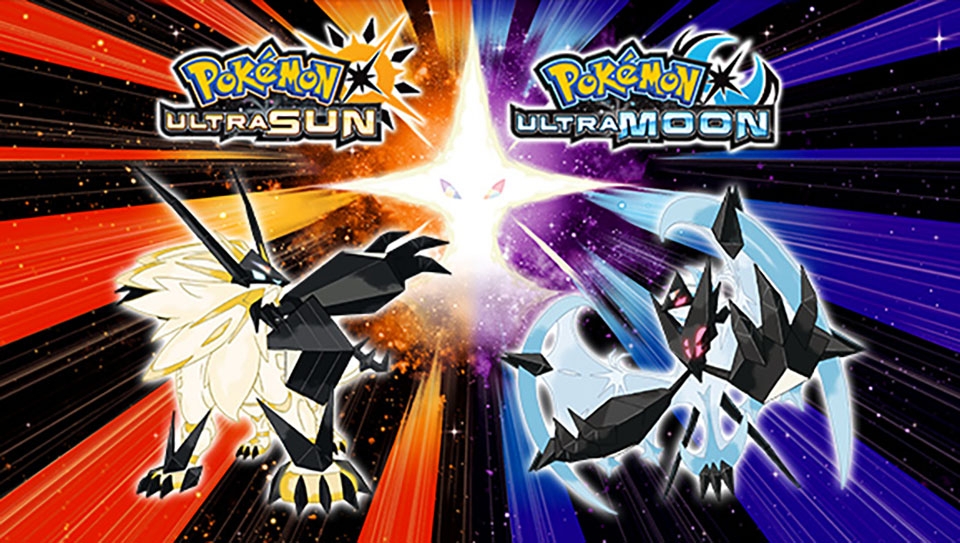
Jamie Crow | Staff Writer
The sun and the moon are set to rendezvous this Monday, Aug. 21. The moon will pass in front of the sun, and the resulting eclipse will be visible in all of the contiguous United States. This will be first time the moon’s shadow will pass over the continental United States since 1979, and while the eclipse won’t be visible in its totality in Pittsburgh, the partial view is still a sight to see.
According to the Carnegie Science Center, the partial eclipse will begin in Pittsburgh at 1:10 p.m., with the maximum eclipse occurring at 2:35 p.m. The maximum eclipse will last a little over two minutes, and the partial eclipse ends around 3:55 p.m.
So how do you get the best view of the eclipse? Organizations throughout Pittsburgh are holding special viewing parties to give the community a better opportunity to see the eclipse. The Carnegie Science Center is holding a viewing party in the Buhl Planetarium that is free with the $19.95 museum admission, where you can view the eclipse through a special solar telescope. They will also have eclipse themed crafts and live streams of the total eclipse as it is observed in other parts of the country. Visitors can also go outside and view the eclipse through a smaller solar telescope or borrow a pair of eclipse glasses to see as well.
If you’re looking for a less expensive viewing experience, the Children’s Museum of Pittsburgh is also holding an eclipse-viewing celebration. From 1:30 to 3:30 p.m., you can gather in front of the museum to hear traditional eclipse folktales from around the world, use a pair of viewing glasses to watch the eclipse, and make your own pinhole viewer to safely watch the eclipse as well.
For those who don’t want to leave campus to experience the eclipse, you can make your own pinhole viewer. A pinhole viewer offers you the chance to safely look at a projection of the eclipse, and you can easily make one using a cereal box, aluminum foil, paper and tape.
Another viewing option is to buy a pair of eclipse viewing glasses, though they are in high demand. For a completely free option, you can watch a livestream of the eclipse from various parts of the country on NASA’s website.
The next solar eclipse visible from the United States won’t be until 2024, so don’t miss out on your chance to see this one!




